Home>Articles>Why Does My Ryobi Pressure Washer Have No Pressure
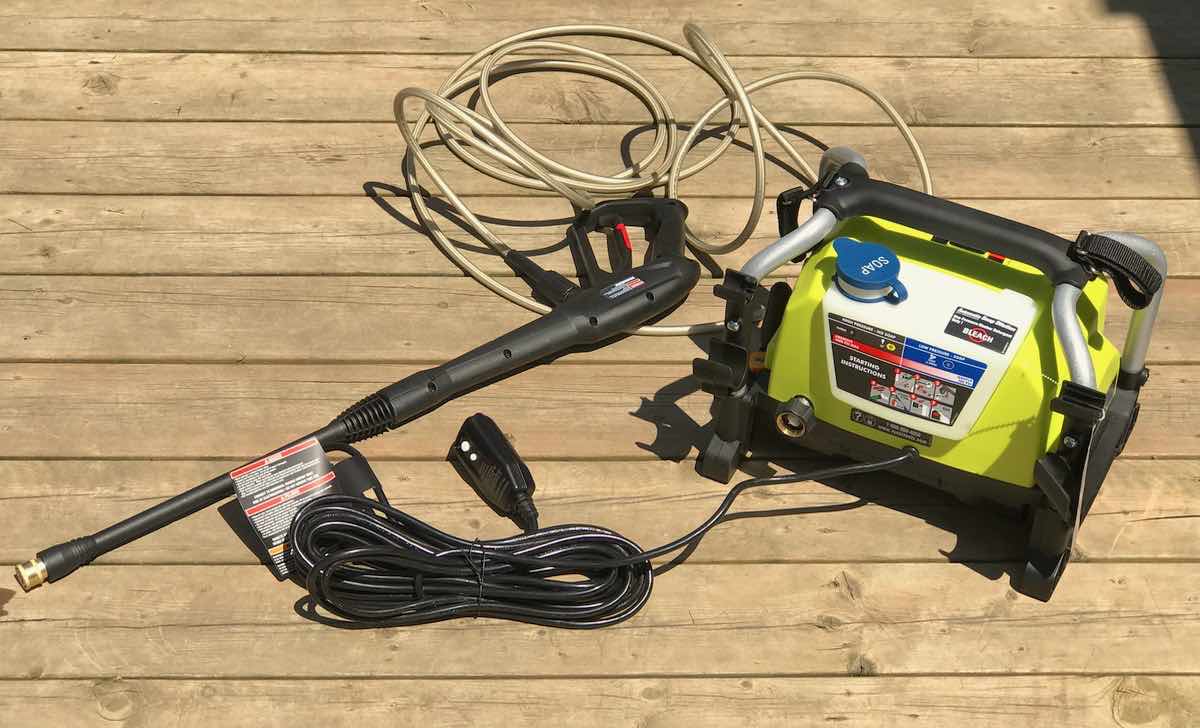

Articles
Why Does My Ryobi Pressure Washer Have No Pressure
Modified: May 6, 2024
Discover why your Ryobi pressure washer is lacking pressure in this informative article. Learn how to troubleshoot and fix the issue to restore optimal performance.
(Many of the links in this article redirect to a specific reviewed product. Your purchase of these products through affiliate links helps to generate commission for Storables.com, at no extra cost. Learn more)
Introduction
Having a pressure washer like the Ryobi Pressure Washer can be a convenient and effective way to tackle tough cleaning tasks around your home or business. However, it can be frustrating when your pressure washer experiences a lack of pressure. If you find yourself wondering, “Why does my Ryobi Pressure Washer have no pressure?” you’re not alone. This article will explore the common causes for this issue and provide troubleshooting steps to help you get your pressure washer up and running again.
When your Ryobi Pressure Washer loses its pressure, it can hinder your ability to effectively clean surfaces like driveways, patios, and vehicles. Understanding the potential causes of this problem can help you identify the issue and find a solution. In most cases, a lack of pressure in your pressure washer can be attributed to clogged or damaged nozzles, low water supply, faulty pressure regulators, air leaks, or worn or damaged pumps.
To help you troubleshoot the issue, we will provide step-by-step instructions on how to address each potential cause. It’s important to note that you should always consult your Ryobi Pressure Washer’s manual for specific instructions and safety precautions, as different models may have slight variations in troubleshooting steps.
By following these troubleshooting steps and implementing some basic maintenance practices, you can often resolve the pressure loss issue in your Ryobi Pressure Washer and restore its performance. Let’s dive into the common causes and solutions for a Ryobi Pressure Washer experiencing a lack of pressure.
Key Takeaways:
- Regular maintenance, including checking for clogged nozzles and ensuring proper water supply, is crucial for resolving pressure loss in Ryobi Pressure Washers. Following the troubleshooting steps can help restore optimal performance and cleaning power.
- Utilizing the correct nozzle size, avoiding overuse, and seeking professional assistance when needed are essential for preventing and addressing pressure loss issues in Ryobi Pressure Washers. Prioritizing safety and maintenance will ensure long-term efficiency.
Read more: Why Is My Ryobi Pressure Washer Pulsating
Common Causes for Lack of Pressure in Ryobi Pressure Washers
When you notice that your Ryobi Pressure Washer is not producing the desired pressure, there are several common causes that you should consider. Understanding these causes will help you determine the appropriate troubleshooting steps to resolve the issue.
Clogged or Damaged Nozzle: One of the most common reasons for a lack of pressure in your Ryobi Pressure Washer is a clogged or damaged nozzle. Over time, dirt, debris, and mineral deposits can accumulate in the nozzle, obstructing the flow of water and reducing the pressure. Similarly, a damaged or worn-out nozzle can also impact the pressure output.
Low Water Supply: Another potential cause of pressure loss is a low water supply. If your pressure washer is not receiving enough water from the source, it won’t be able to generate the necessary pressure. Make sure that the water supply valve is fully open and that there are no restrictions or blockages in the water hose or inlet.
Faulty Pressure Regulator: The pressure regulator is responsible for controlling the pressure output of your Ryobi Pressure Washer. If the pressure regulator is faulty or malfunctioning, it may not be allowing the appropriate amount of pressure to be generated. This can result in a lack of pressure during operation.
Air Leak in the System: Air leaks can disrupt the flow of water in your pressure washer, leading to a decrease in pressure. Inspect all the connections, hoses, and fittings for any signs of leakage. If you find an air leak, tighten or replace the affected components to resolve the issue.
Worn or Damaged Pump: The pump is a critical component of the pressure washer that generates the pressure needed for cleaning. Over time, the pump may become worn or damaged, resulting in a loss of pressure. Regular maintenance and proper usage can help extend the lifespan of the pump, but eventually, it may require replacement.
Identifying the specific cause of the pressure loss in your Ryobi Pressure Washer will allow you to focus your troubleshooting efforts in the right direction. In the next section, we will provide step-by-step instructions on how to address each of the common causes mentioned above.
Troubleshooting Steps for No Pressure Issue in Ryobi Pressure Washers
If you’re experiencing a lack of pressure in your Ryobi Pressure Washer, don’t worry. There are several troubleshooting steps you can follow to diagnose and resolve the issue. Let’s walk through each step below:
Step 1: Check the Nozzle
The first step is to inspect the nozzle for any clogs or damage. Remove the nozzle from the pressure washer and examine it closely. If you notice any debris, use a small brush or pin to carefully remove the blockage. If the nozzle is damaged or worn out, replace it with a new one. Clean or replace the nozzle regularly to maintain optimal performance.
Step 2: Ensure Proper Water Supply
Next, ensure that your Ryobi Pressure Washer is receiving an adequate water supply. Check that the water supply valve is fully open and the water hose is not kinked or twisted. Additionally, make sure there are no obstructions or blockages in the water inlet. Insufficient water supply can lead to a lack of pressure, so it’s essential to address any issues with the water source.
Step 3: Inspect the Pressure Regulator
The pressure regulator plays a crucial role in controlling the pressure output of your Ryobi Pressure Washer. Inspect the pressure regulator for any signs of damage or malfunction. If you suspect it’s the cause of the pressure loss, consult your product manual or contact Ryobi customer support for guidance on troubleshooting or replacing the pressure regulator.
Step 4: Look for Air Leaks
Air leaks can significantly impact the pressure output of your pressure washer. Carefully inspect all the connections, hoses, and fittings for any signs of leakage. If you notice any air leaks, tighten the affected components or replace them if necessary. It’s crucial to have a proper seal to ensure a consistent and high-pressure flow of water.
Step 5: Examine the Pump
If the above troubleshooting steps did not resolve the pressure issue, it’s time to examine the pump. Inspect the pump for any signs of wear, damage, or debris accumulation. Ensure that all pump components are functioning correctly. If you suspect a problem with the pump, it may be necessary to consult a professional or contact Ryobi customer support for further assistance.
By following these troubleshooting steps, you can often identify and resolve the no pressure issue in your Ryobi Pressure Washer. However, it’s important to remember to always follow the instructions provided in your product manual and prioritize safety precautions when working on your pressure washer.
Check the nozzle for clogs or debris that may be blocking the water flow. Also, make sure the water supply is fully turned on and the hose is not kinked.
Additional Tips and Recommendations
Aside from troubleshooting and addressing the specific causes of a lack of pressure in your Ryobi Pressure Washer, there are some additional tips and recommendations to keep in mind for optimal performance and to prevent future issues.
Perform Regular Maintenance
Regular maintenance is essential to keep your pressure washer in good working condition. This includes cleaning and inspecting the nozzle, checking and tightening connections, and cleaning or replacing filters as necessary. Following the maintenance schedule outlined in your Ryobi Pressure Washer’s manual will help prolong its lifespan and ensure consistent pressure performance.
Use the Correct Nozzle Size
Using the correct nozzle size is crucial for achieving the desired pressure and effectively cleaning different surfaces. Each nozzle has a specific spray pattern and intensity, so it’s important to choose the appropriate nozzle for the task at hand. Refer to the product manual to determine which nozzle size is recommended for different cleaning applications.
Avoid Overusing the Pressure Washer
While it can be tempting to use your Ryobi Pressure Washer for extended periods, it’s important to avoid overusing it. Overusing the pressure washer can put excessive strain on the pump and other components, leading to premature wear and potential pressure loss. Take breaks during prolonged use and follow the manufacturer’s guidelines for maximum usage durations.
Seek Professional Assistance if Needed
If you have followed the troubleshooting steps and maintenance recommendations but are still experiencing a lack of pressure in your Ryobi Pressure Washer, it may be time to seek professional assistance. Certified technicians or Ryobi customer support can provide valuable expertise and guidance to diagnose and resolve the issue effectively.
By incorporating these additional tips and recommendations into your pressure washer maintenance routine, you can enhance the overall performance and longevity of your Ryobi Pressure Washer. Remember, regular care and proper usage are key to ensuring consistent pressure and optimal cleaning results.
Conclusion
A lack of pressure in your Ryobi Pressure Washer can be frustrating, but with the right troubleshooting steps and maintenance practices, you can quickly address the issue and restore its performance. By identifying common causes such as clogged or damaged nozzles, low water supply, faulty pressure regulators, air leaks, or worn or damaged pumps, you can pinpoint the source of the problem and take appropriate action.
Remember to check and clean the nozzle regularly, ensure a proper water supply, inspect the pressure regulator for any damage, and look for air leaks in the system. In cases where the issue persists, examine the pump and consider seeking professional assistance if needed. Following these steps will save you time, money, and frustration.
Additionally, implementing regular maintenance practices, such as cleaning and inspecting the nozzle, tightening connections, and performing necessary upkeep, will help prevent future pressure loss issues and keep your Ryobi Pressure Washer in optimal working condition. Using the correct nozzle size and avoiding overuse of the pressure washer are also important factors to consider.
Always prioritize safety when working with your pressure washer and follow the guidelines and instructions provided in the product manual. If at any point you are unsure or unable to resolve the pressure loss issue on your own, do not hesitate to seek professional assistance.
By understanding the common causes of a lack of pressure and utilizing the troubleshooting steps and maintenance recommendations outlined in this article, you will be well-equipped to tackle any pressure-related issues with your Ryobi Pressure Washer. Enjoy the enhanced cleaning power and efficiency that your pressure washer provides for years to come!
Now that you’ve gained insight on resolving pressure issues with your Ryobi pressure washer, why not maintain that momentum by brushing up on overall home upkeep? Our next piece offers practical advice on regular checks and fixes around your house to keep everything running smoothly. Understanding routine home maintenance could save you time and money, ensuring your living space remains in tip-top condition. Don’t miss out on these essential tips!
Frequently Asked Questions about Why Does My Ryobi Pressure Washer Have No Pressure
Was this page helpful?
At Storables.com, we guarantee accurate and reliable information. Our content, validated by Expert Board Contributors, is crafted following stringent Editorial Policies. We're committed to providing you with well-researched, expert-backed insights for all your informational needs.
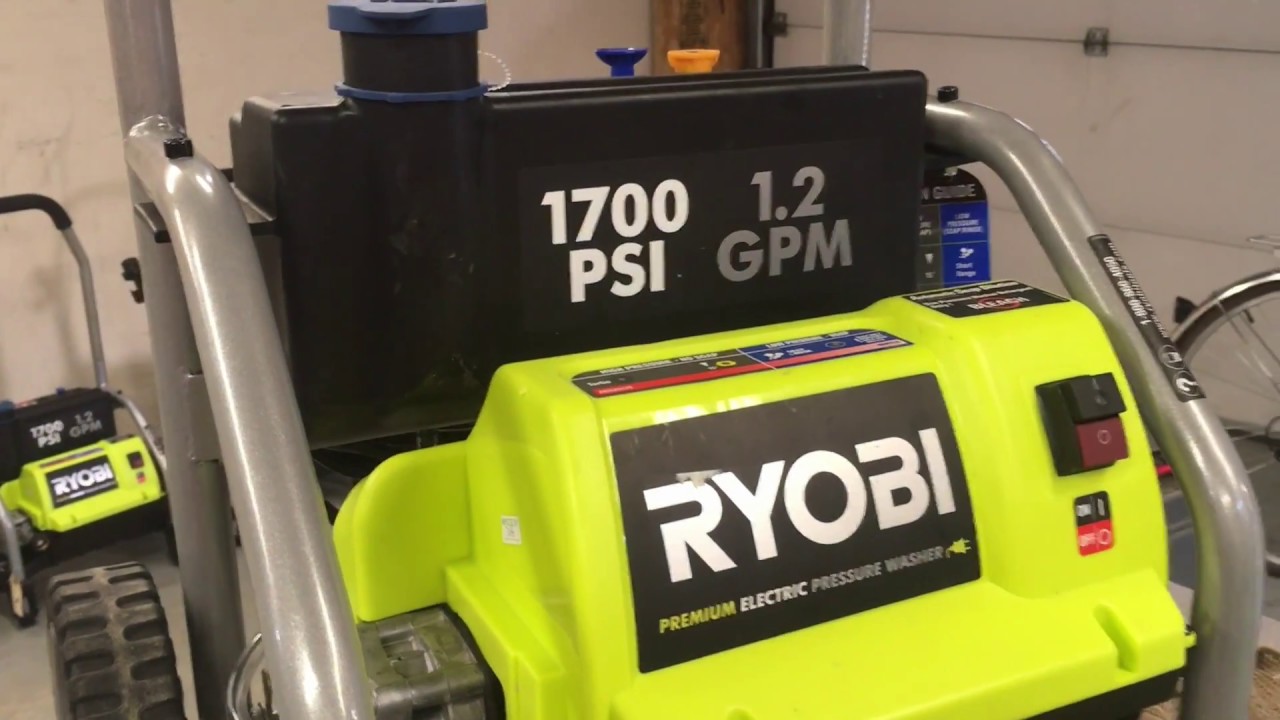
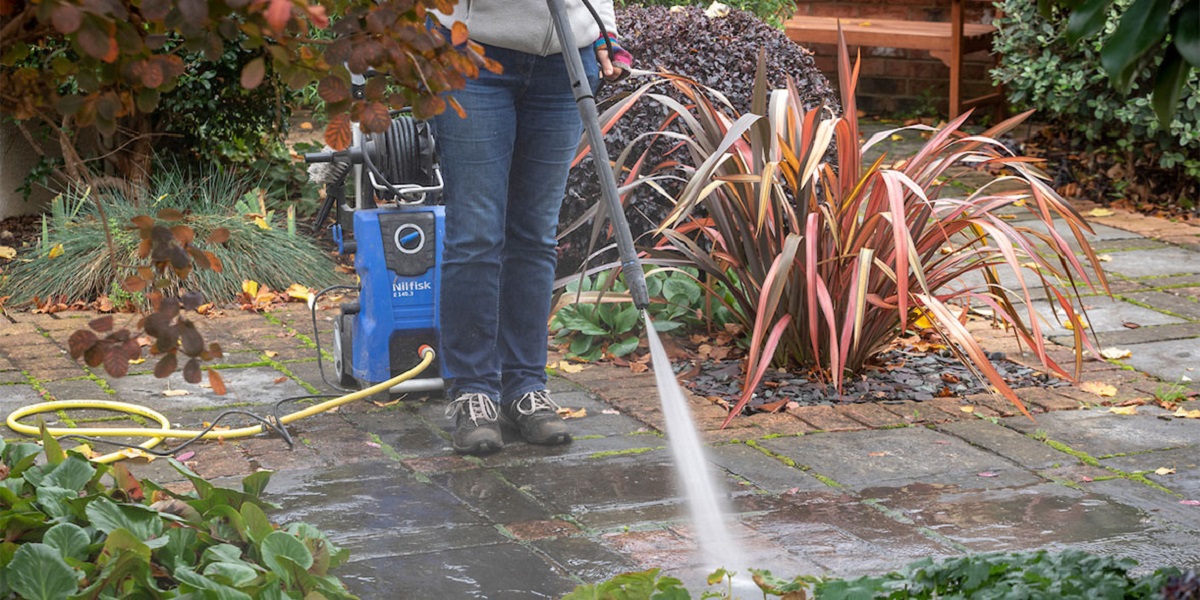
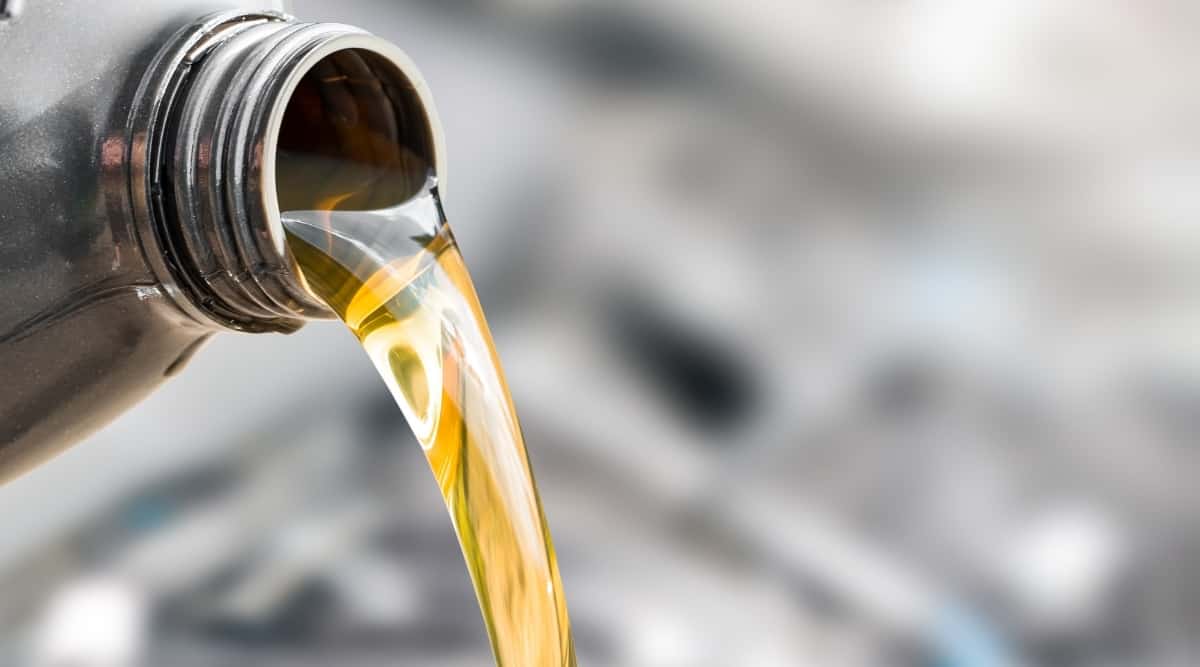
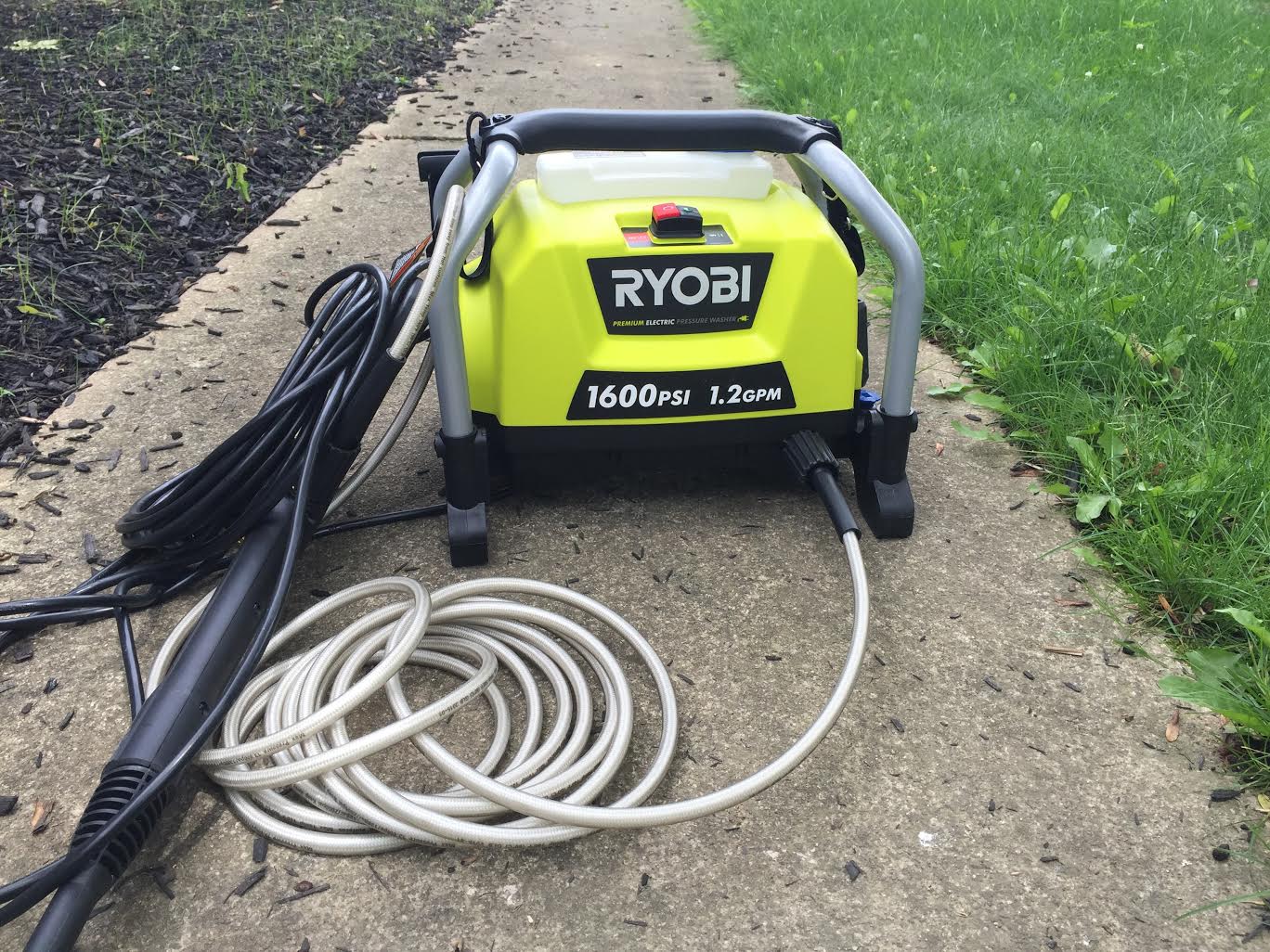
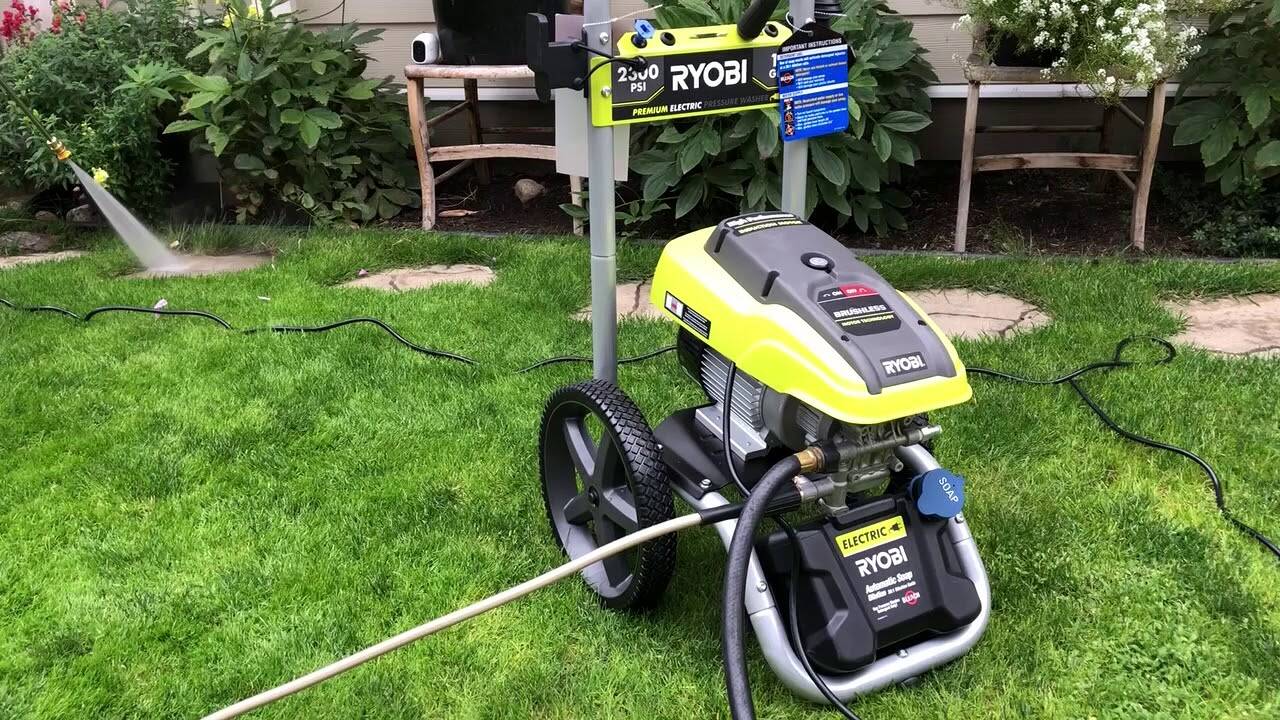
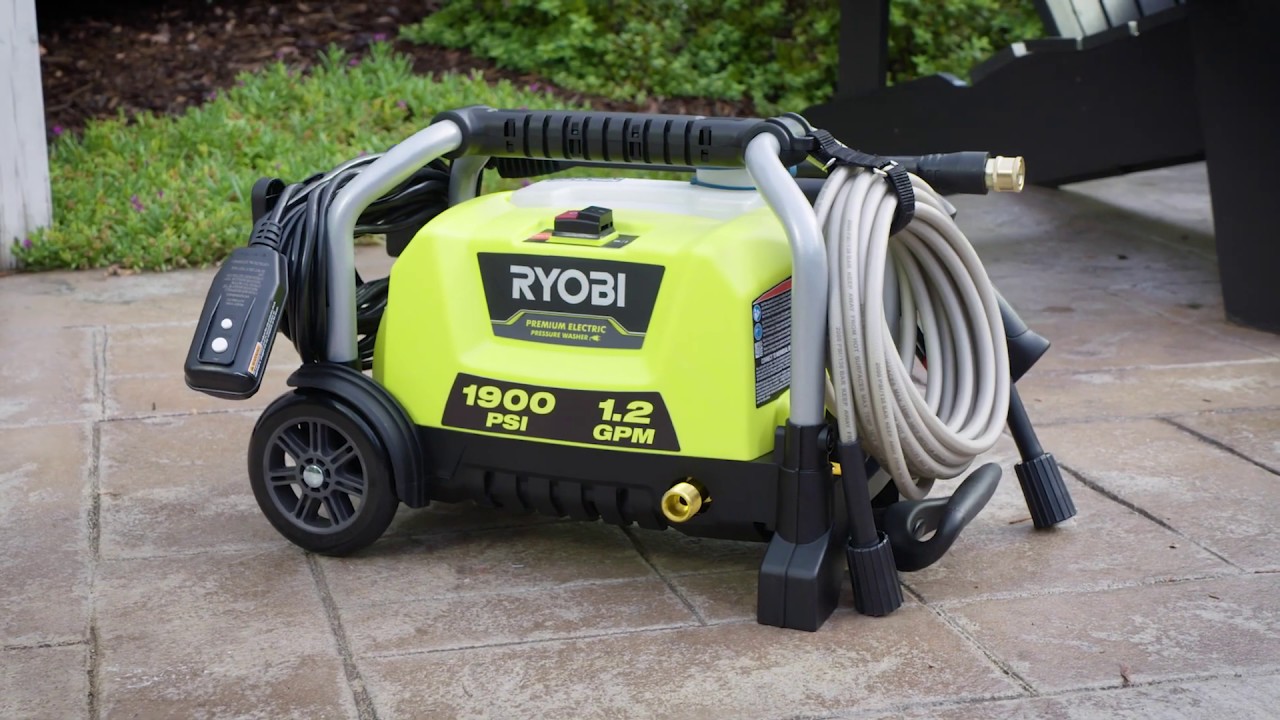
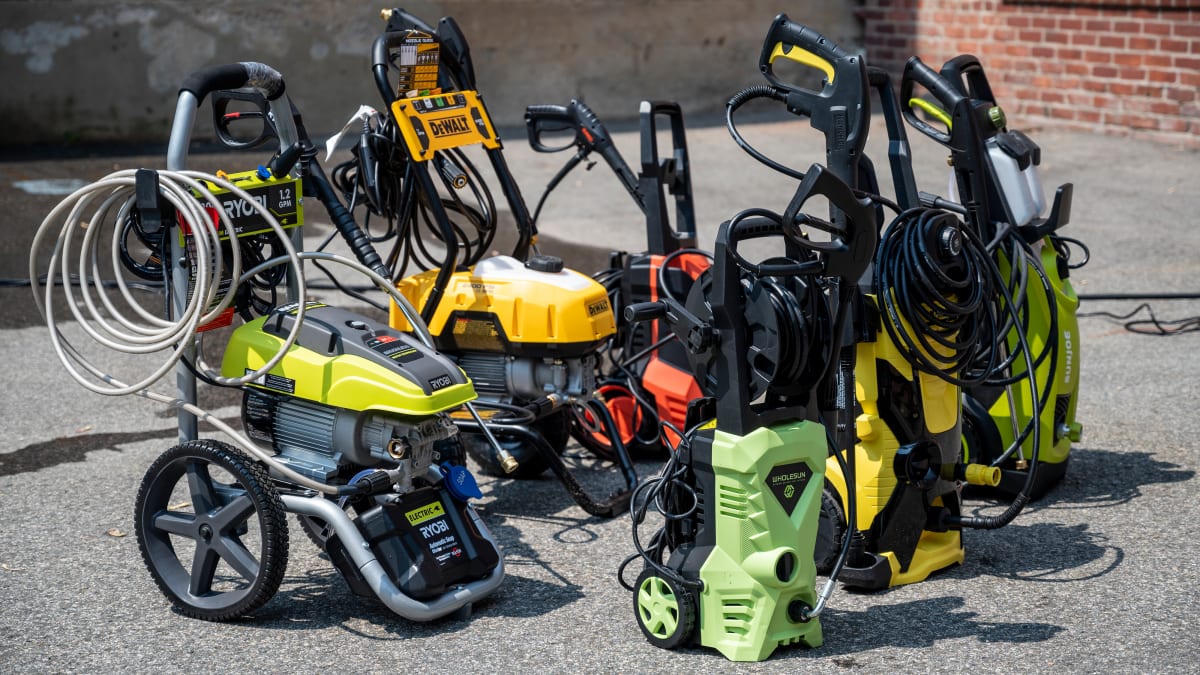
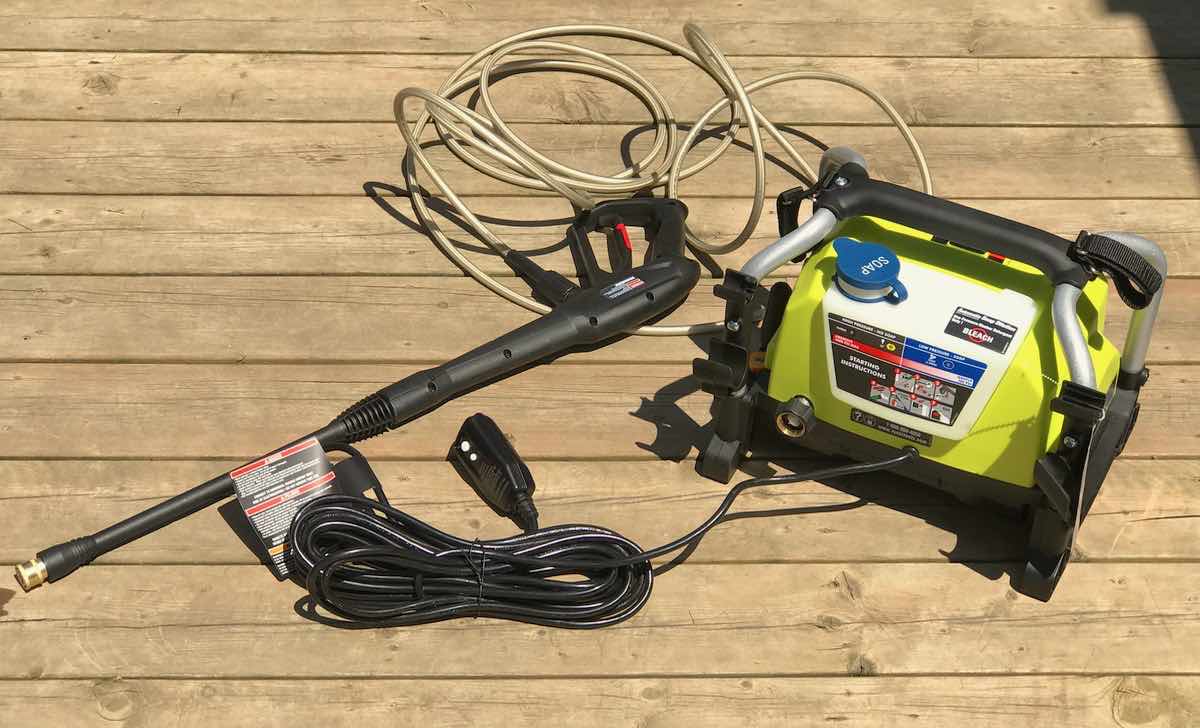
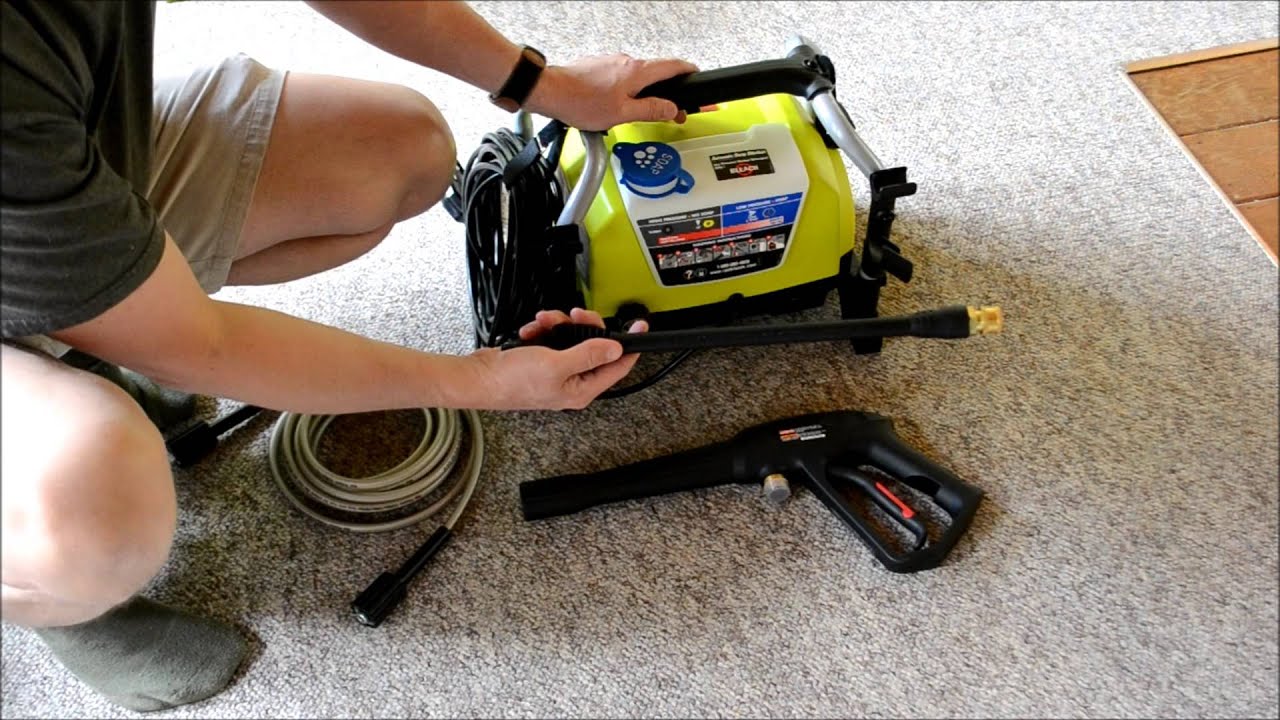
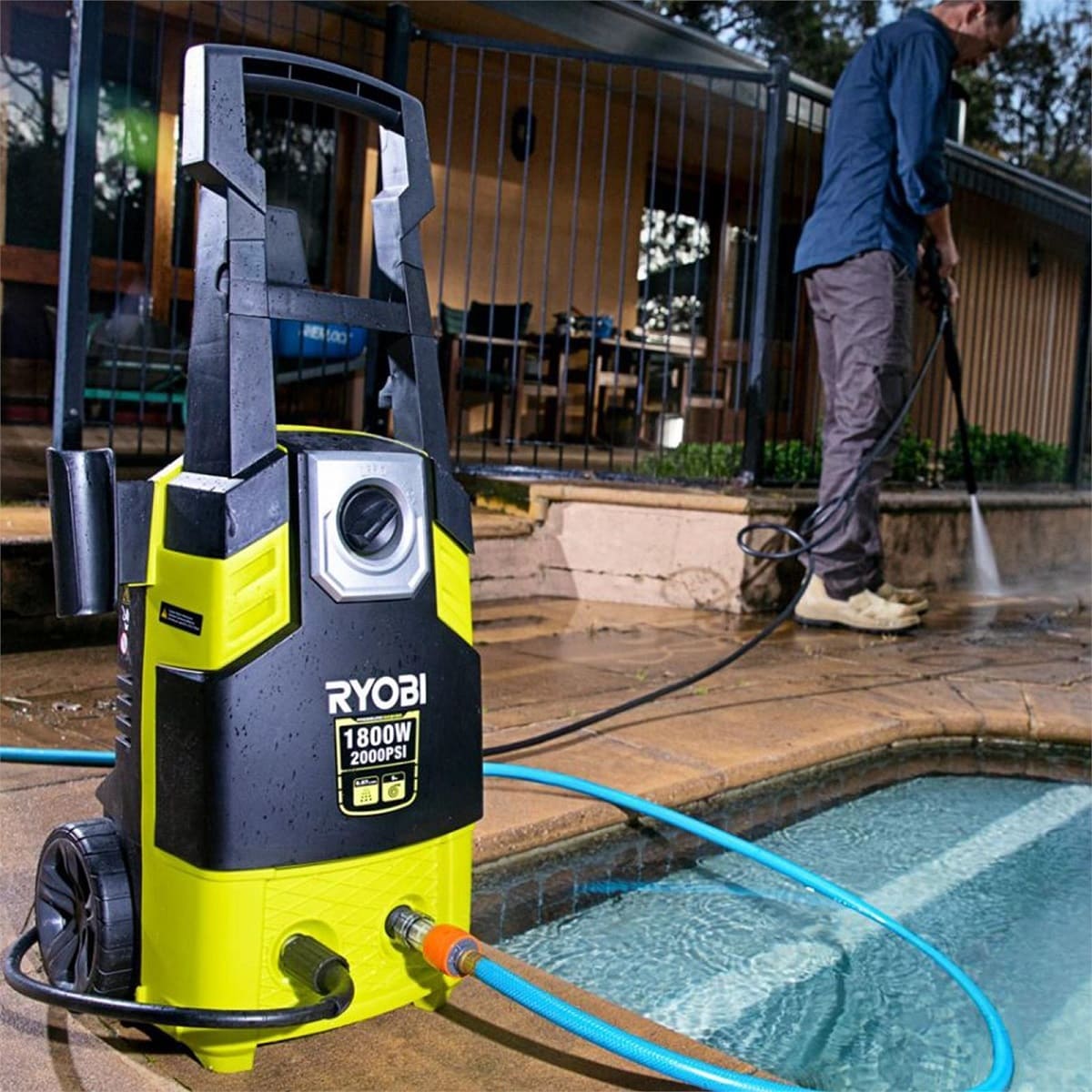
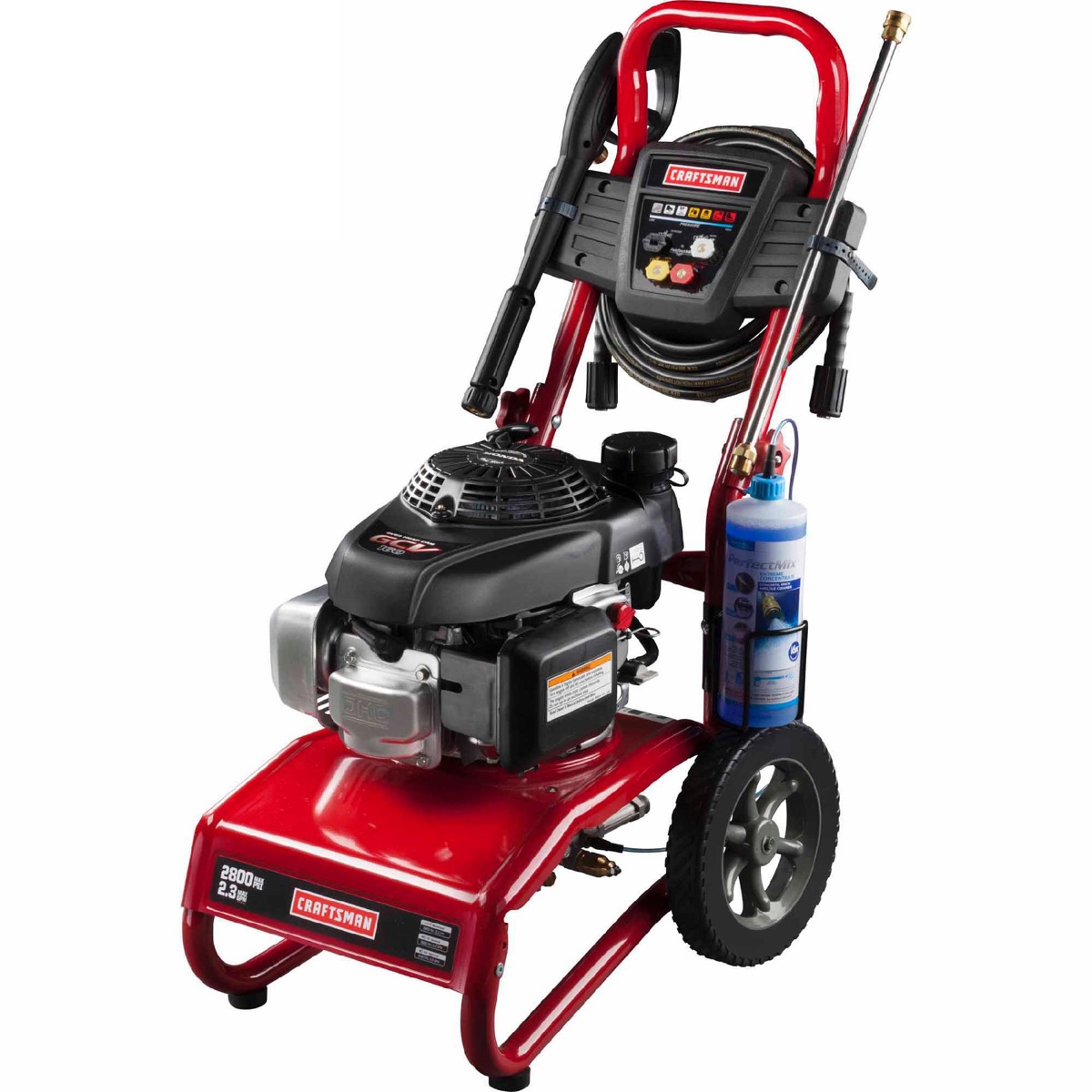
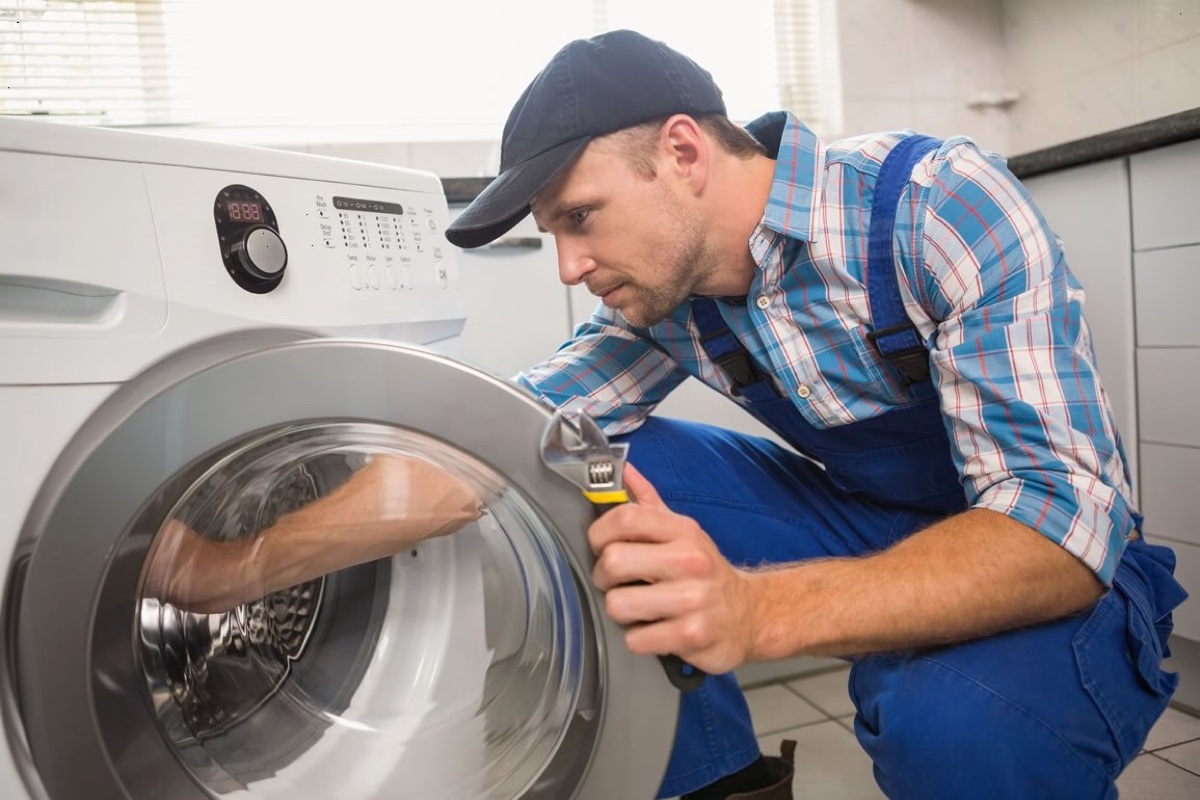
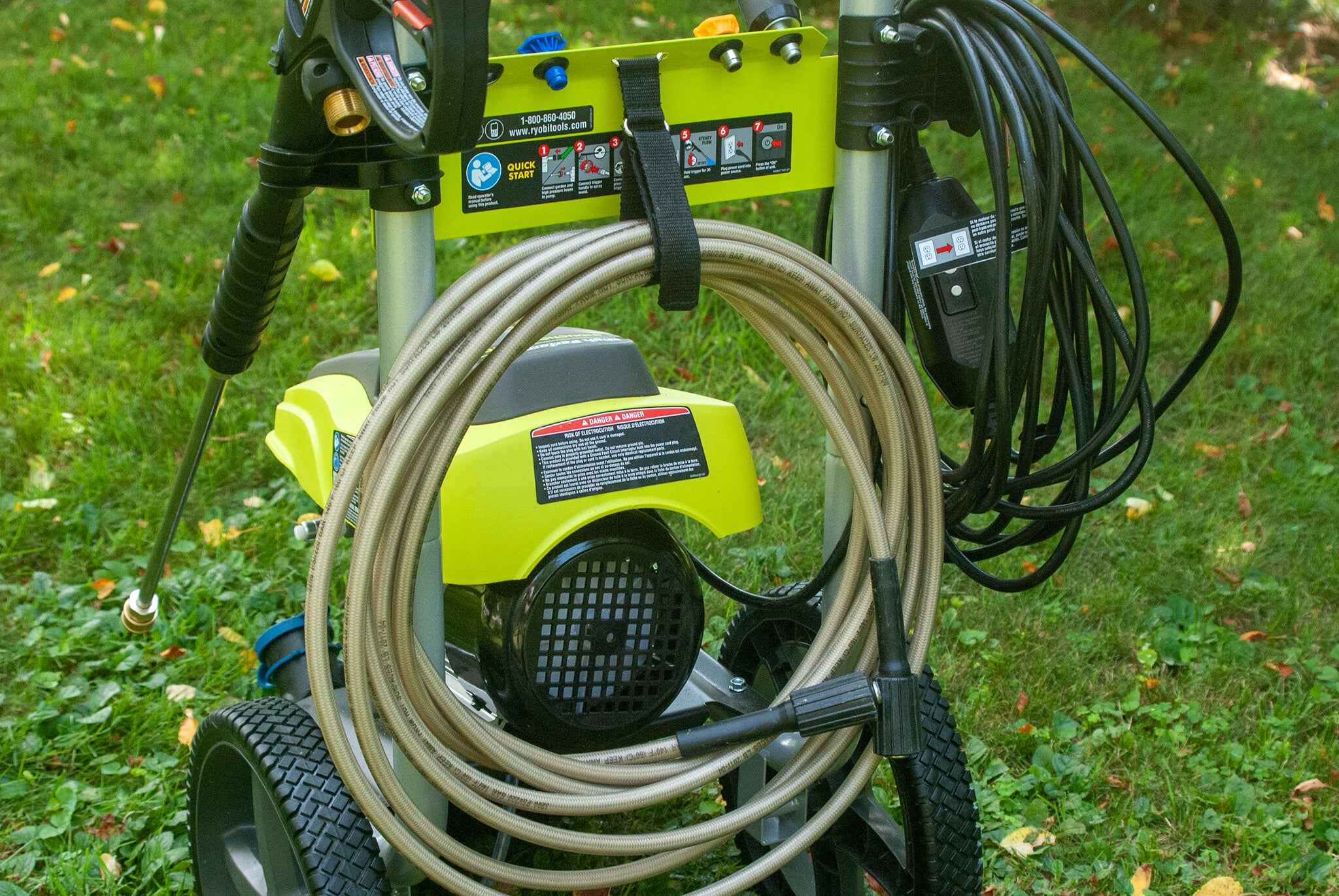
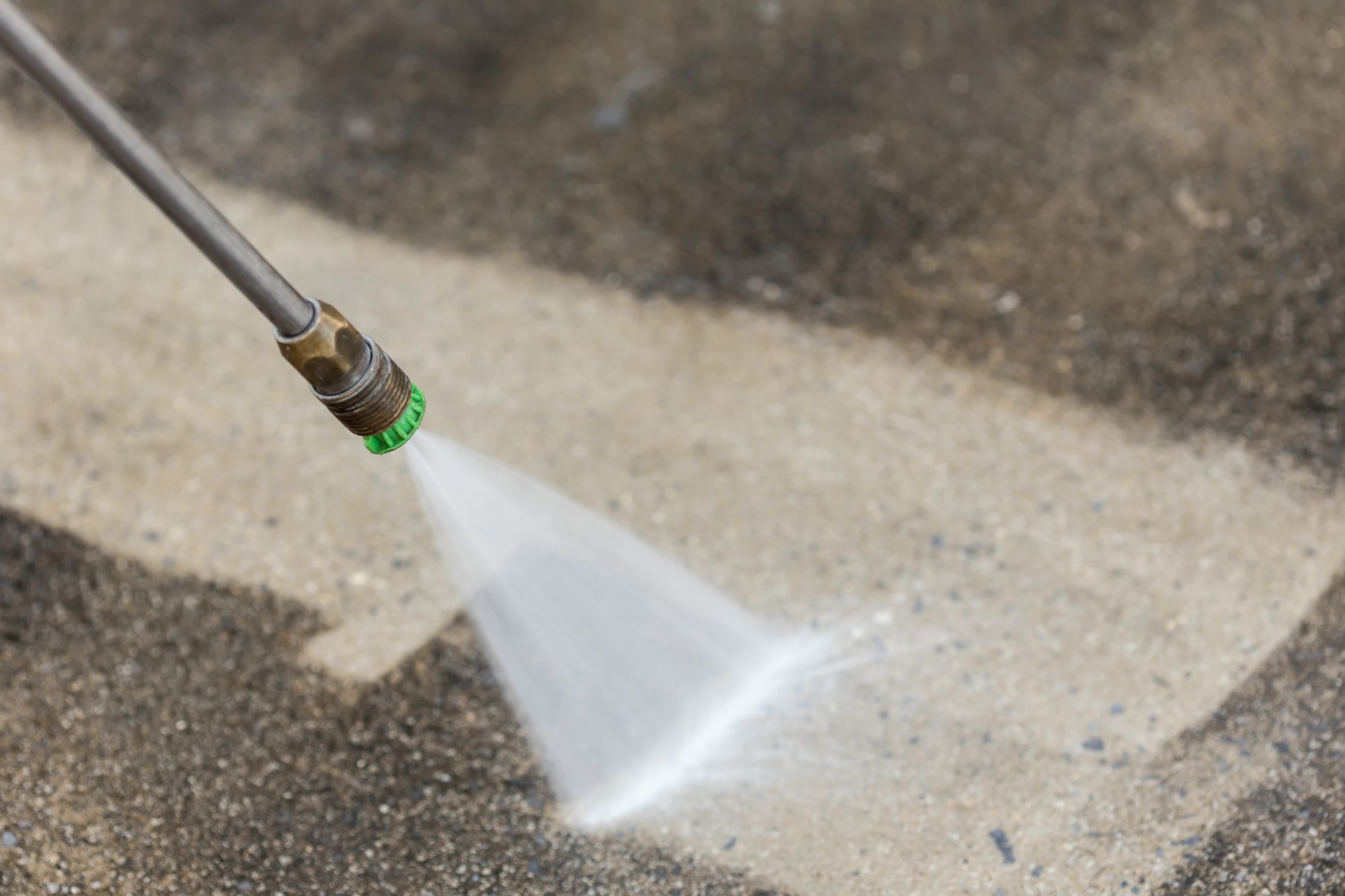
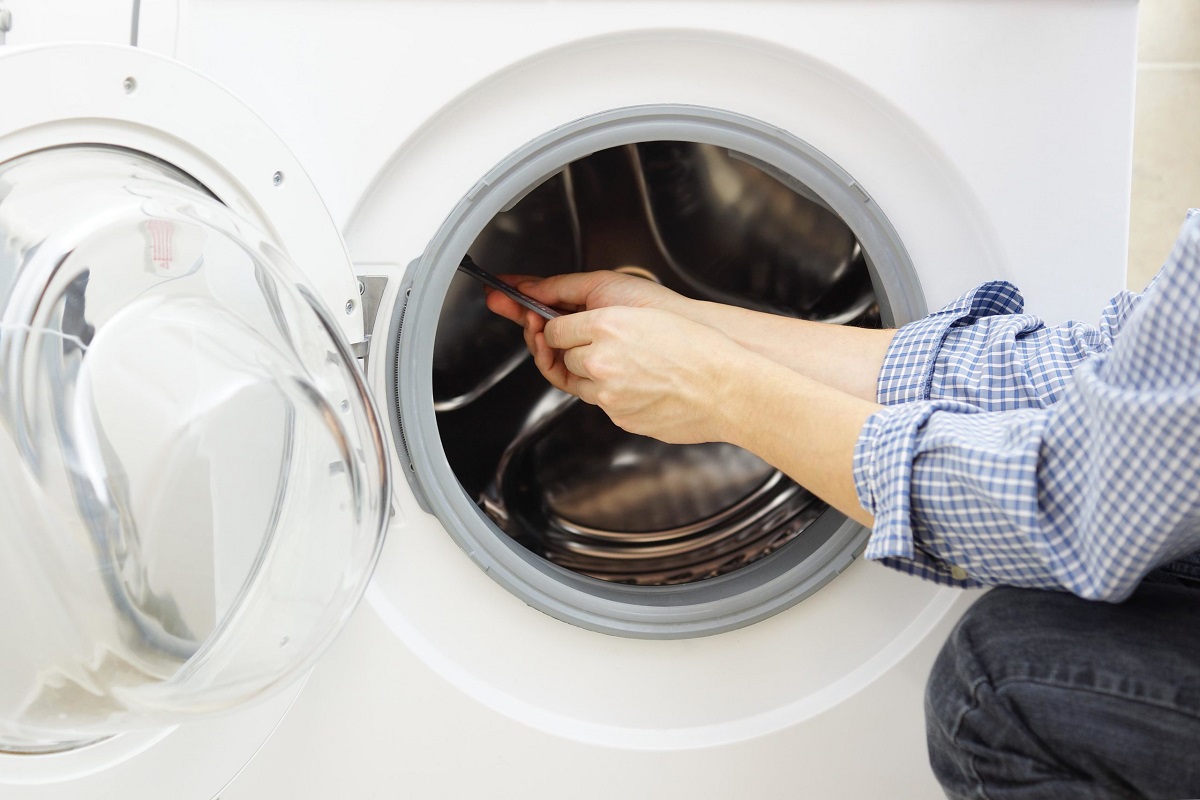

0 thoughts on “Why Does My Ryobi Pressure Washer Have No Pressure”